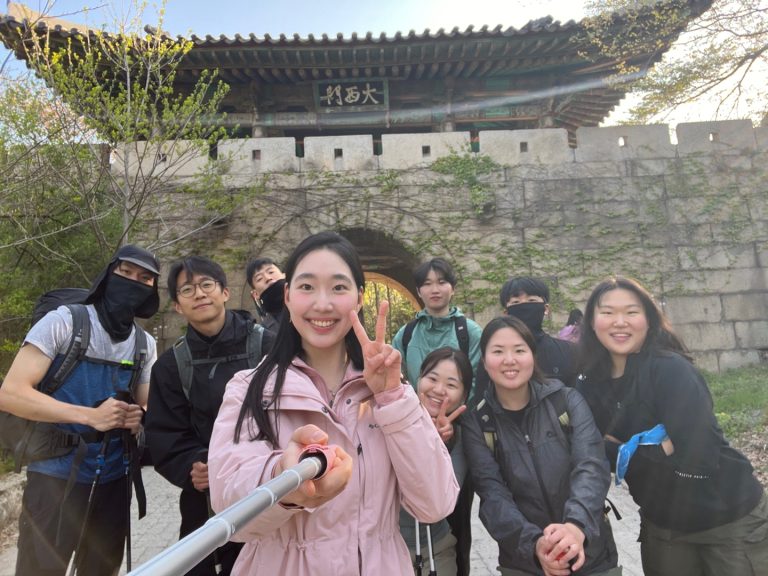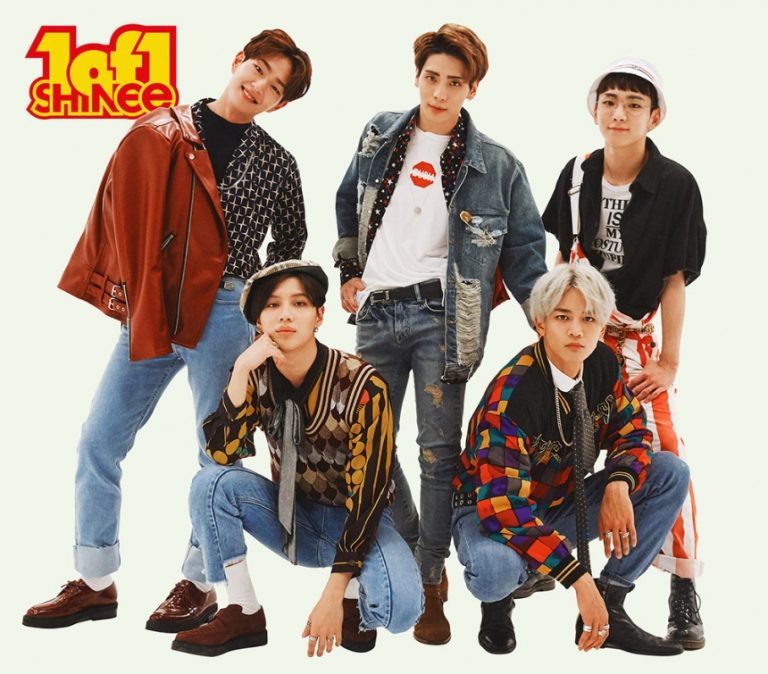Ko Un (1933–Present)
Ko Un is a cornerstone of modern Korean literature, active since the 1950s. His magnum opus, Maninbo (Ten Thousand Lives), chronicles Korea’s history through the lives of its people. Known for experimental forms and diverse themes, Ko Un bridges personal and collective narratives, bringing Korean literature to a global audience.
Yi Sang (1910–1937)
Yi Sang was a pioneering modernist poet and writer during the Japanese colonial period. Born Kim Hae-gyeong, he adopted the pen name Yi Sang and became known for his avant-garde and surrealist works. His poem “Crow’s Eye View” (Ogamu) and short story “Wings” (Nalgae) are celebrated for their experimental style and introspective themes. Yi Sang’s contributions significantly influenced the trajectory of Korean modernist literature.
Kim Su-young (1921–1968)
Kim Su-young was a prominent Korean poet known for his themes of freedom and resistance. Born in Seoul, he experienced the turbulence of Japanese colonial rule and the Korean War, which deeply influenced his work. His poetry, including the notable piece “Grass,” reflects a strong desire for freedom and critiques of societal oppression. Kim’s innovative style and bold expression have left a lasting impact on Korean literature.
Jeong Ji-yong (1902–1950)
Jeong Ji-yong revolutionized Korean lyrical poetry with vivid imagery and refined language. His masterpiece Nostalgia (Hyangsu) captures a deep yearning for home. Jeong’s precise and evocative style cemented his place as a pioneer of modern Korean poetry.
Kim Sowol (1902–1934)
Kim Sowol is celebrated for blending folk rhythms with modern poetic sensibilities. His iconic works, including Azaleas (Jindallaekkot), evoke themes of love and loss with simple yet profound language. Kim’s lyrical poetry continues to resonate as a timeless embodiment of Korean cultural identity.






